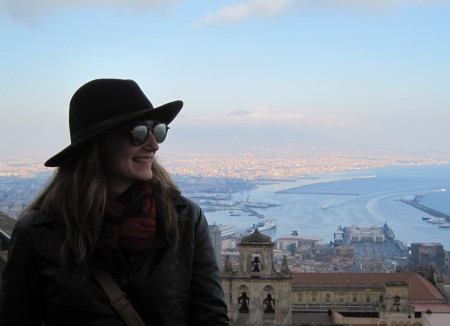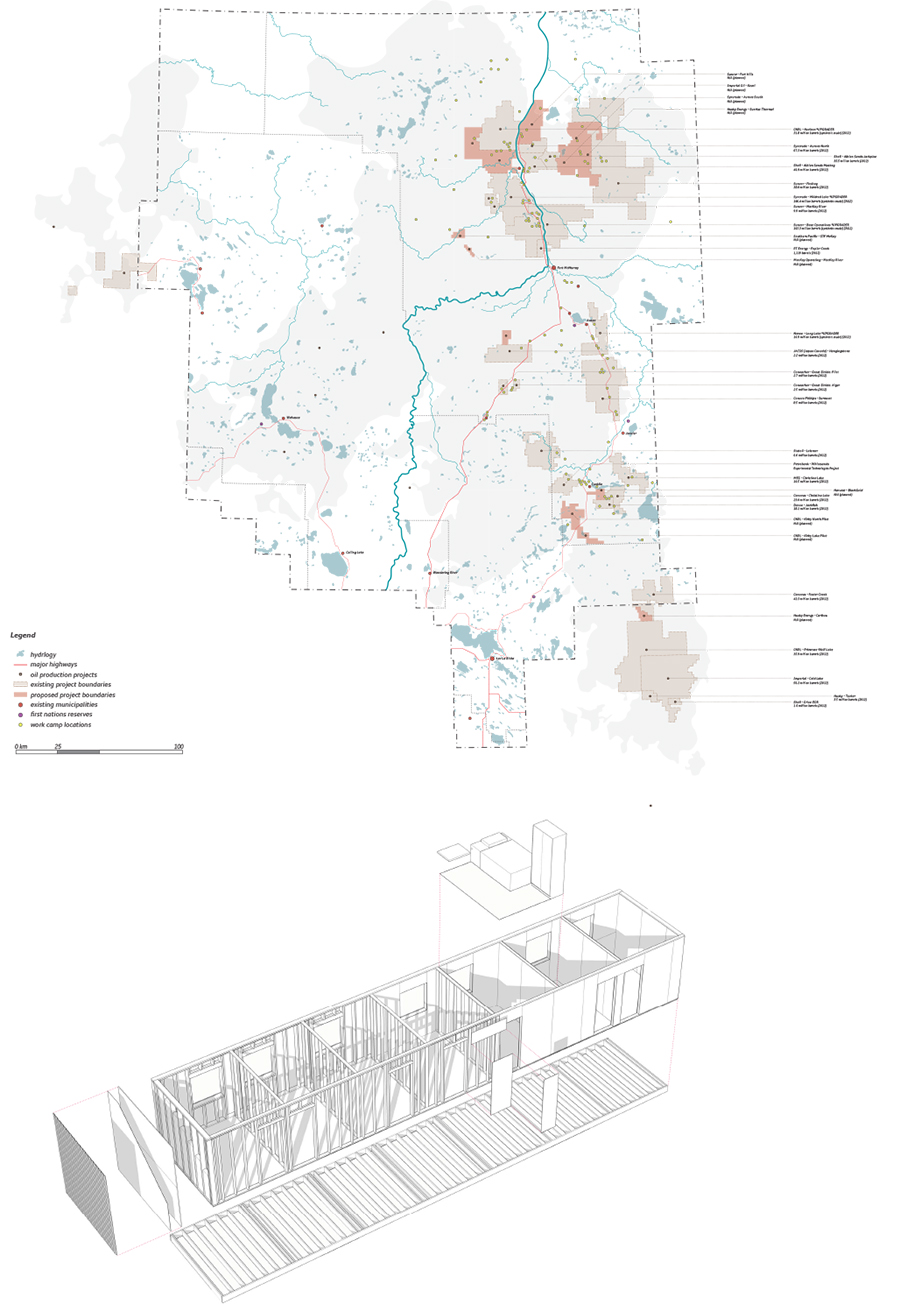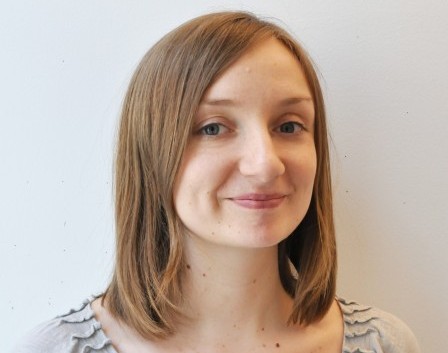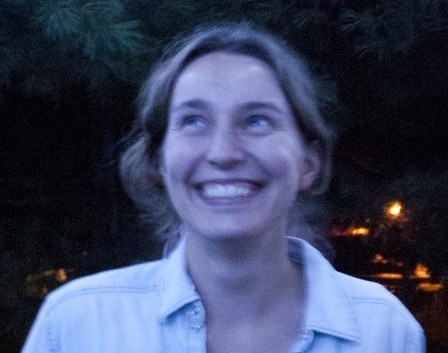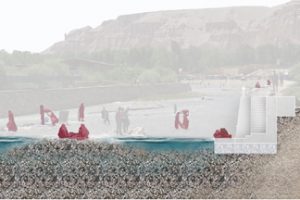The uniquely independent masters program here at the Waterloo School of Architecture continues to grow, and each term brings new graduate students accompanied by their diverse thesis objectives. Over the next few weeks we will be profiling these future masters and their work in hopes of shedding light on the breadth of research and design happening within the school.
This week features masters students who are at various stages of developing their thesis work.
Immersed in their research, writing, and design speculation, masters students are often elusive creatures; hidden behind a fortress of books, obsessively consumed in personal projects. But don’t fear them, they’re not dragons. Approach them, ask them questions, because they’ve been in your position. Once upon a time, they too entered into the ambiguous and challenging world of the architecture undergraduate and they persevered! Talk to them, for they are wise.
Anna-Joy Veenstra | M7
Where can you be found?
Toronto, Cambridge: office 3011, library.
How do you prefer to procrastinate?
Putting together a new playlist of motivating music!
Tip from an elder.
Exercise! With all the stretching of the mind in school, it is good to stretch the body too. Love Your Body!
Summarize your thesis in a sentence or two.
My thesis, ‘Relinquish to Dust: A Centre for (w)Resting Grief in Toronto’s Community’ uses project precedents, documents, data, interviews, and sketches to develop design proposal iterations for Toronto’s downtown harbourfront as a new foundation that can be employed as a restorative, liberating, learning, and socially-cohesive medium to facilitate and embrace each other’s life-long search for meaning after loss through grief work.
Pamela Cottrell | M5
Where can you be found?
I’m in Toronto, but the odd time I’ll be in office 2002 on Cambridge campus.
How do you prefer to procrastinate?
Watching terrible TV shows and reading the news
Tip from an elder.
Get all of your electives and requisite classes out of the way early, preferably in the first two semesters. This keeps you in the habit of being productive and when they are finished all you have left to do is your thesis.
Summarize your thesis in a sentence or two.
I’m interested in the phenomenal qualities of descending underground and how this affects the design of underground infrastructural spaces, specifically transit facilities and their connected commercial and public spaces.
James Strong | M5
Where can you be found?
3021, dark corners of the library, or home next to the fridge.
How do you prefer to procrastinate? Board games & Breaking Bad.
Tip from an elder.
Challenge yourself – take a seminar course with difficult texts to master.
Summarize your thesis in a sentence or two.
My project is a critical investigation of work camps in the Alberta Oil Sands, and their role in the labour/capital power relation.
Morgan O’Reilly | M4
Where can you be found?
I’m living in Toronto, but spend a day or two in Cambridge every week. I can be found in office 3018 or at my desk in Toronto.
How do you prefer to procrastinate?
I organize, clean, and write emails. Anything that makes me feel productive, even though I’m not doing what I should be.
Tip from an elder.
Find a thesis buddy and check in regularly. It will help keep you on track.
Summarize your thesis in a sentence or two.
A film in ‘book-form’ will constitute my final thesis. It will include the documentation and analysis of significant references, the documentation of the completed film and its making, as well as a series of essays that will analyse the film from carefully selected positions.
Magdalena (Magda) Milosz | M8
Where can you be found?
Office 3018, home, Monigram, Queen’s Square Library, Matter of Taste or Pyrus in Kitchener.
How do you prefer to procrastinate?
Reading a good, non-thesis-related book.
Tip from an elder.
Grow: don’t let your feet leave the ground but let your forehead touch the stars. (Apologies to Monique Wittig)
Summarize your thesis in a sentence or two.
My thesis is concerned with the design history and politics of the Indian residential schools, with a focus on four specific sites in Ontario and Manitoba. I am also interested in notions of visibility and collective memory surrounding the buildings of the former schools.


